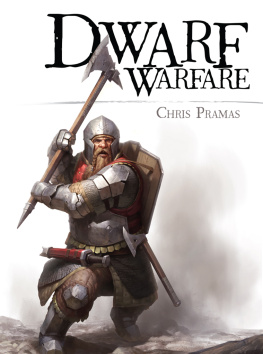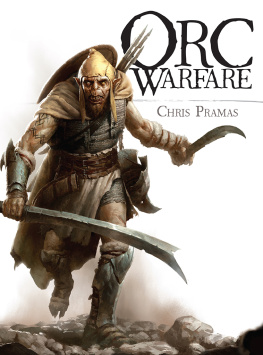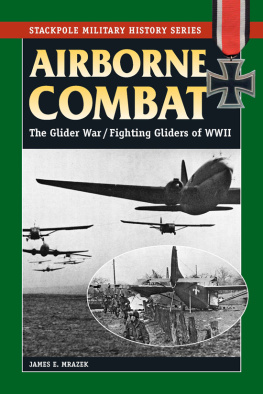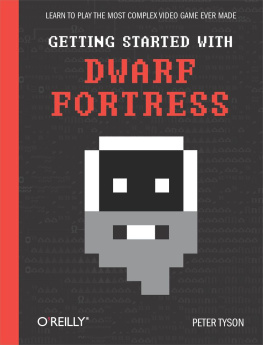
This electronic edition published in 2015 by Bloomsbury Publishing Plc
Bloomsbury is a registered trademark of Bloomsbury Publishing Plc
First published in Great Britain in 2015 by Osprey Publishing,
PO Box 883, Oxford, OX1 9PL, UK
PO Box 3985, New York, NY 10185-3985, USA
E-mail: info@ospreypublishing.com
Osprey Publishing, part of Bloomsbury Publishing Plc
2016 Osprey Publishing Ltd.
All rights reserved
You may not copy, distribute, transmit, reproduce or otherwise make available this publication (or any part of it) in any form, or by any means (including without limitation electronic, digital, optical, mechanical, photocopying, printing, recording or otherwise), without the prior written permission of the publisher. Any person who does any unauthorised act in relation to this publication may be liable to criminal prosecution and civil claims for damages.
A CIP catalog record for this book is available from the British Library
Print ISBN: 978-1-4728-1053-3
PDF e-book ISBN: 978-1-4728-1054-0
EPUB e-book ISBN: 978-1-4728-1055-7
Osprey Publishing supports the Woodland Trust, the UKs leading woodland conservation charity. Between 2014 and 2018 our donations will be spent on their Centenary Woods project in the UK.
www.ospreypublishing.com
INTRODUCTION
Humanity has been telling stories about dwarves for thousands of years. Youll find them in Norse and Germanic mythology and even in the earliest stories youll recognize traits that have carried through to today. Dwarves have long been associated with crafting, mining, and mountains. In mythology they often have magical powers. Curiously, in fantasy dwarves are often portrayed as resistant to magic, but this is at odds with their origin. In Norse mythology the dwarves crafted many famous magical artifacts. The Sons of Ivaldi made Gungnir, the spear of Odin, and the goddess Sifs golden hair. The brothers Eitri and Brokkr crafted the golden ring Draupnir and one of the most recognizable magic weapons in the world, Thors hammer Mjlnir.
The origin of todays fantasy dwarves is closer to hand. It was J.R.R. Tolkien who took the dwarves of the mythology he loved so deeply and transformed them into one of the core races of his Middle Earth. Tolkien, of course, looms large over the fantasy genre and his vision of dwarves has been an enormous influence. In The Hobbit and The Lord of the Rings, we see many traits that have carried through to the dwarves of other imaginary worlds: their love of axes, their fondness for treasure, and their adversarial relationship with dragons to name a few. The movies of those books have carried those ideas to an even larger audience.
Games too have been a great popularizer of the fantasy dwarf. They were a core race in the Dungeons & Dragons roleplaying game and have had an important role in all of the worlds it spawned. From there dwarves spread to innumerable other tabletop and computer RPGs. In these numerous games and worlds, dwarves were often re-interpreted sometimes radically but there remained a core to the dwarf identity that has remained remarkably consistent, whether they are steampunk inventors or socialist revolutionaries.
Dwarf Warfare is a sequel to Ospreys Orc Warfare, which gives this cornerstone race of fantasy the same treatment. The idea here is to provide a military and cultural analysis of dwarves that draws on the core identity of the dwarves as it has developed in the last 75 years. What are dwarves like? How do they organize their armies? How do they fight? These are the questions Dwarf Warfare seeks to answer. You can enjoy this as a work of fantasy in its own right, or apply these ideas to your own roleplaying or miniatures game campaigns. Dwarf Warfare is broken down into four chapters.
CHAPTER ONE: THE DWARVES
This chapter introduces the dwarf race. It discusses their origins, gods, and magic, and introduces some of their legendary relics. Chapter One also breaks down the dwarf military machine, dissecting the war host and its component parts. In addition, it discusses the various types of dwarf city-states and those dwarves who choose to live among other races.
CHAPTER TWO: DWARF TROOP TYPES
Dwarves can field a variety of troop types, from the ubiquitous heavy infantry to the rarely seen bear cavalry. This chapter looks at each in turn, discussing its battlefield role and typical arms and equipment. It includes not only dwarf troop types, but those of common allies like gnomes and humans.
CHAPTER THREE: DWARF STRATEGIES AND TACTICS
Dwarves have devoted millennia to the study of strategy and tactics. This chapter provides an overview of typical dwarf tactics, looking at how they have used their strengths and weaknesses to build winning strategies. Field battle, underground warfare, and siege tactics are treated in turn.
CHAPTER FOUR: DWARF VICTORIES
Theory and analysis are all well and good but at some point they must be tried in the heat of battle. This chapter describes five battles in detail, providing concrete examples of how dwarves fight and win. There are three field battles, one underground battle, and one siege. They illustrate the various troop types in action and show off tactics that have brought the dwarves victory.
THE DWARVES

We awoke beneath the mountains, children of the stone. We knew nothing of the world but the Five Ancients were there to guide us. The Artisan taught us how to make weapons and armor, and the Warrior how to use them. The Worker taught us how to build cities, and the Champion how to defend them. And the Seer the Seer taught us wisdom. We honor them each morning because without the Five Ancients, the dwarf race would not have survived the trials in store for it.
Asmund, Dwarf Priestess
Dwarves are a storied race whose valor and toughness are legendary. They live on many worlds, usually in great city-states under the mountains. They are master craftsmen, cunning merchants, and doughty warriors. They are also proud and their refusal to bend the knee to outsiders has often led to war. Dwarves do not undertake military campaigns lightly but once committed they see them through. They have a drive to excel, and this makes them formidable opponents.
Physically, dwarves are short, generally standing four and a half to five feet tall. They are broader and stouter than humans and elves, however. They also have an impressive stamina, which allows them to work, march, or fight long after other races would be exhausted. Most dwarf men sport beards, and in some cultures beard length is a sign of status. Dwarf women can grow beards and in some cultures they do just that. In others they prefer to be clean-shaven. Other races can find bearded women confusing, which has led to rumors that all dwarves are men. These stories make the dwarves laugh, the bearded women most of all.
If the dwarves have a weakness, it is their low rate of birth. While humans and especially orcs breed and breed, dwarves reproduce much more slowly. Their population growth is often stagnant or regressive. They are long-lived, which helps, but they cannot replace the dead quickly. This can have fateful repercussions for dwarf city-states in times of war. Orcs can lose an entire army and be back with a new one in a few years. When a dwarf war host suffers severe casualties, this can send its city-state into a death spiral it may never recover from. Dwarf generals must always bear this in mind, and it can lead to tactics that other races deem overly cautious.












